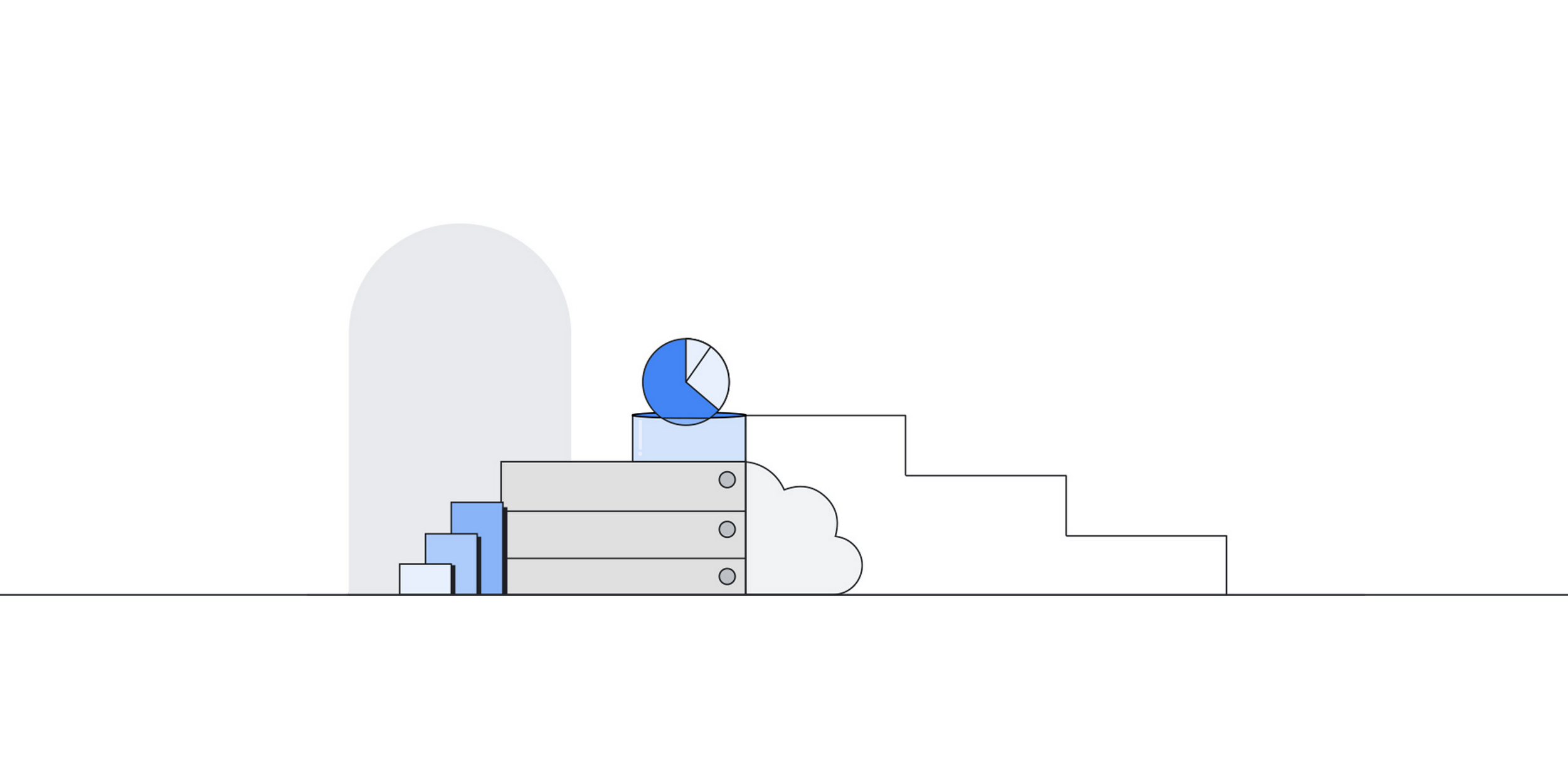SQL Server comes with built-in business intelligence reporting capabilities provided by SQL Server Reporting Services (SSRS) to build and run well formatted, paginated style reports. With Google Cloud SQL for SQL Server, our fully managed relational database service to run SQL Server workloads, you can now build and run SSRS reports with databases hosted on Cloud SQL for SQL Server (including the report server database required to set up and run SSRS).
Google Cloud SQL for SQL Server provides comprehensive operational and management capabilities for your database instances supporting SQL Server versions 2017 and later, security and access controls for both instances and databases, flexible networking and connectivity options, high availability configuration, best-in-class data protection options with backup and recovery, and many more features. The addition of SSRS support in Cloud SQL for SQL Server allows SQL Server customers to either migrate existing reports or create new SSRS paginated reports that are often used for business intelligence and analytical reporting.
Set up and configure SSRS with Google Cloud SQL
Setting up and configuring SSRS on Google Cloud SQL requires installation of two main components:
-
Installation of Reporting Services on a Windows machine (either on a Google Cloud Compute Engine VM or a host that doesn’t use Google Cloud Compute Engine). This creates a Windows Service named
SQLServerReportingServiceson the machine and hosts the web portal where users can access and run reports. -
Creation of report server database, that contain report server metadata and objects, in Cloud SQL for SQL Server. These databases are named
reportserverandreportservertempdb(collectively called as report server database or report server catalog)
For detailed information on setting up and configuring SSRS, see SQL Server Reporting Services in Cloud SQL documentation.
Start your cloud databases journey with Cloud SQL and run your enterprise workloads today.

